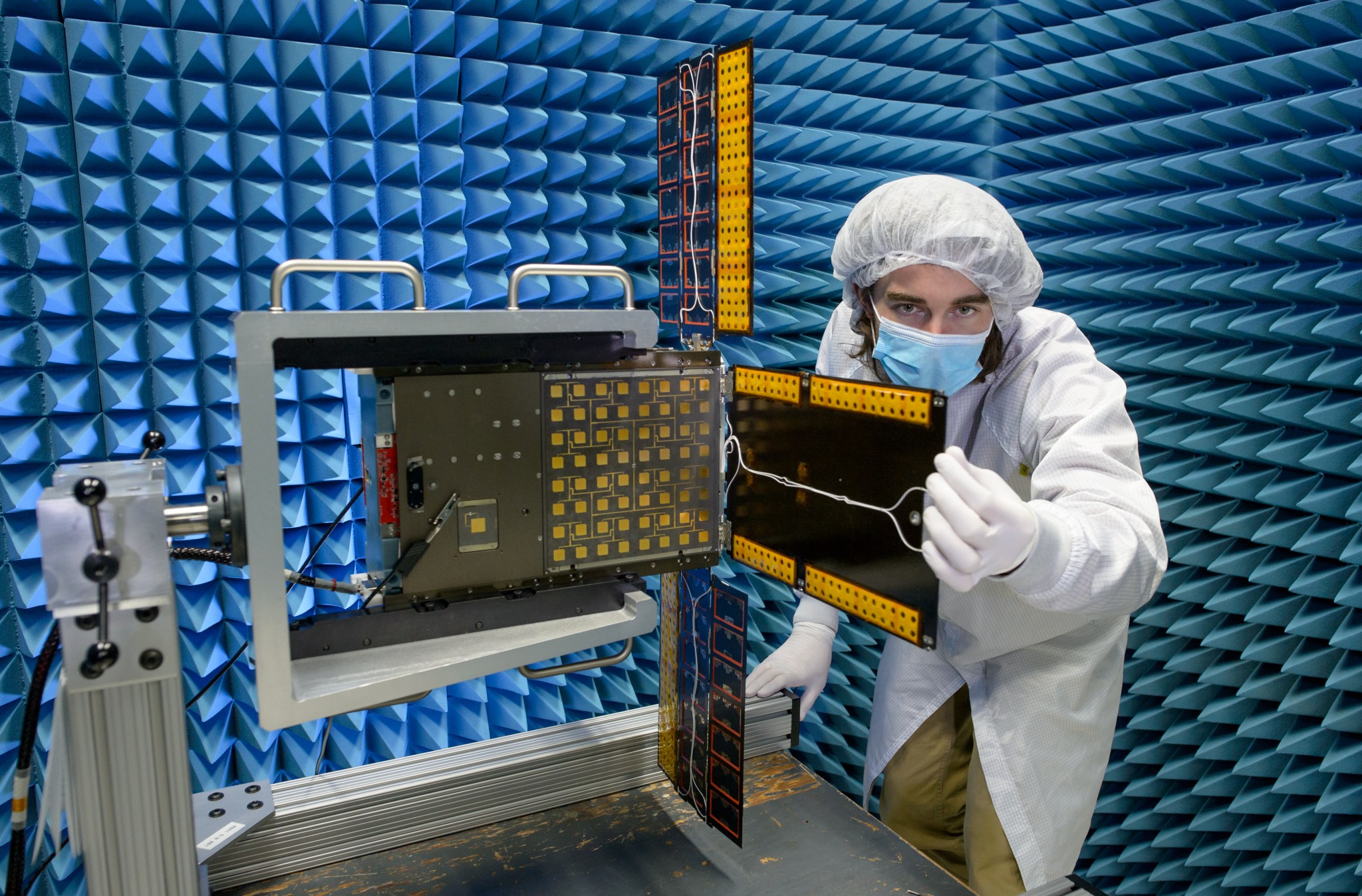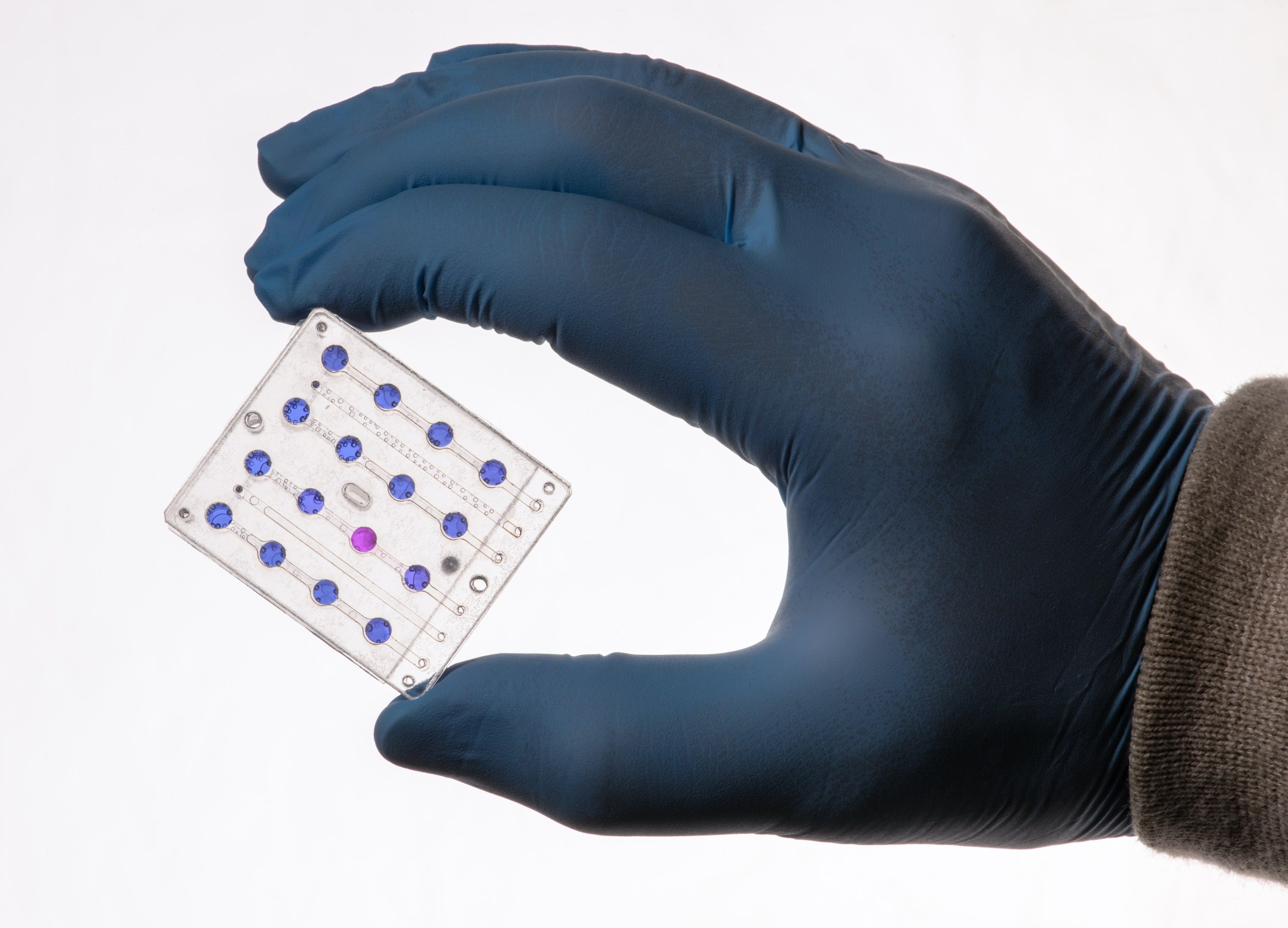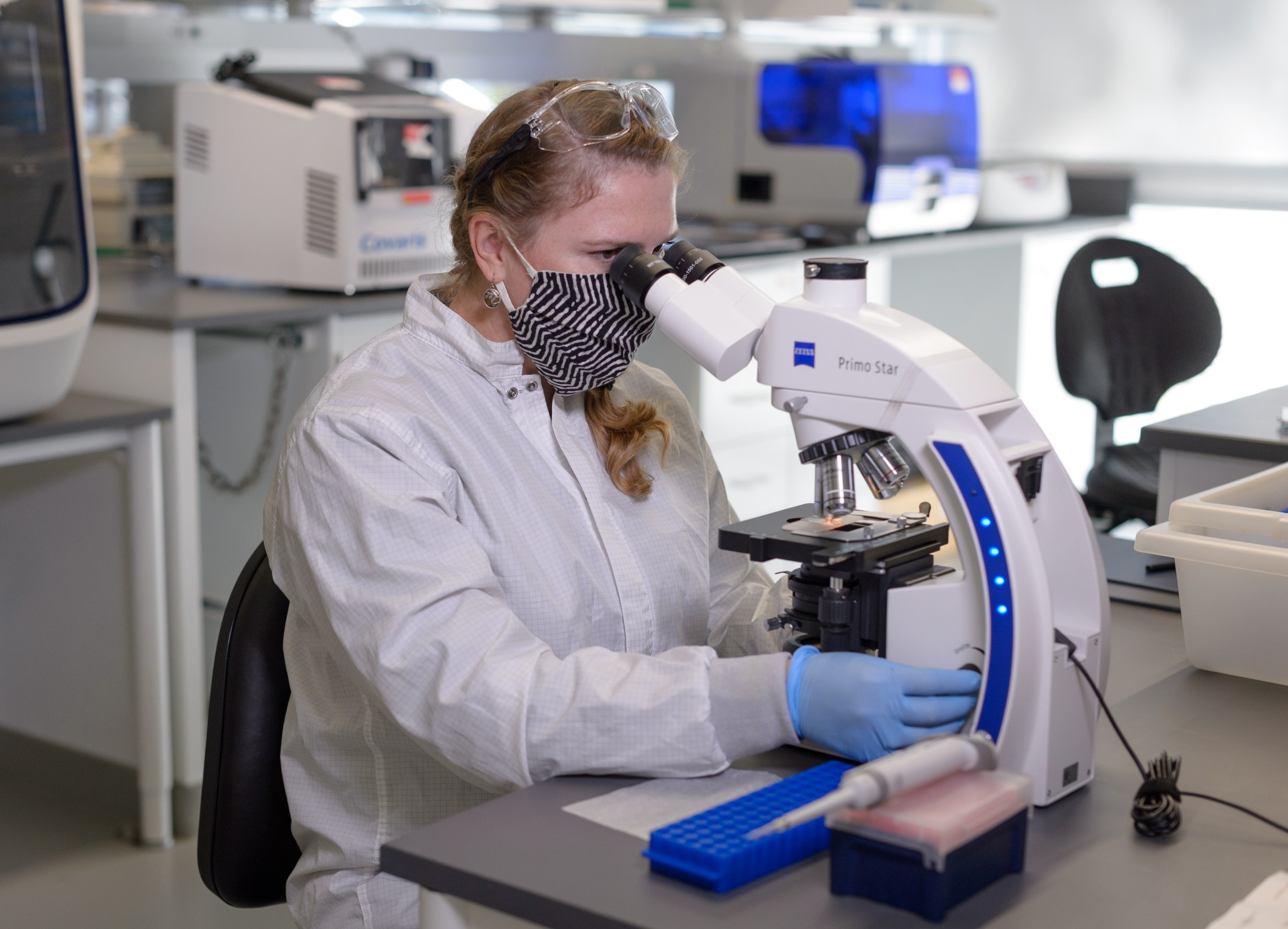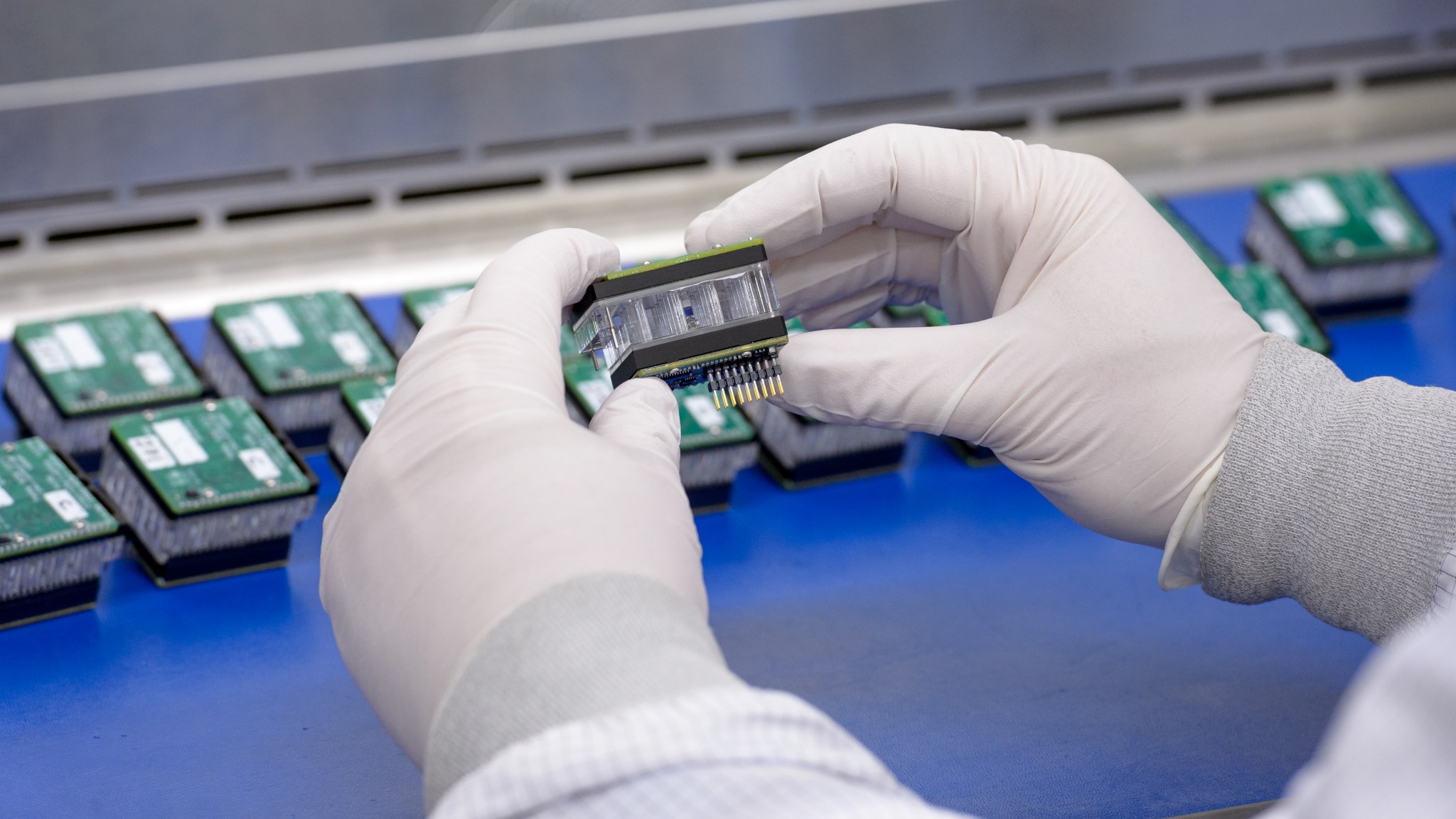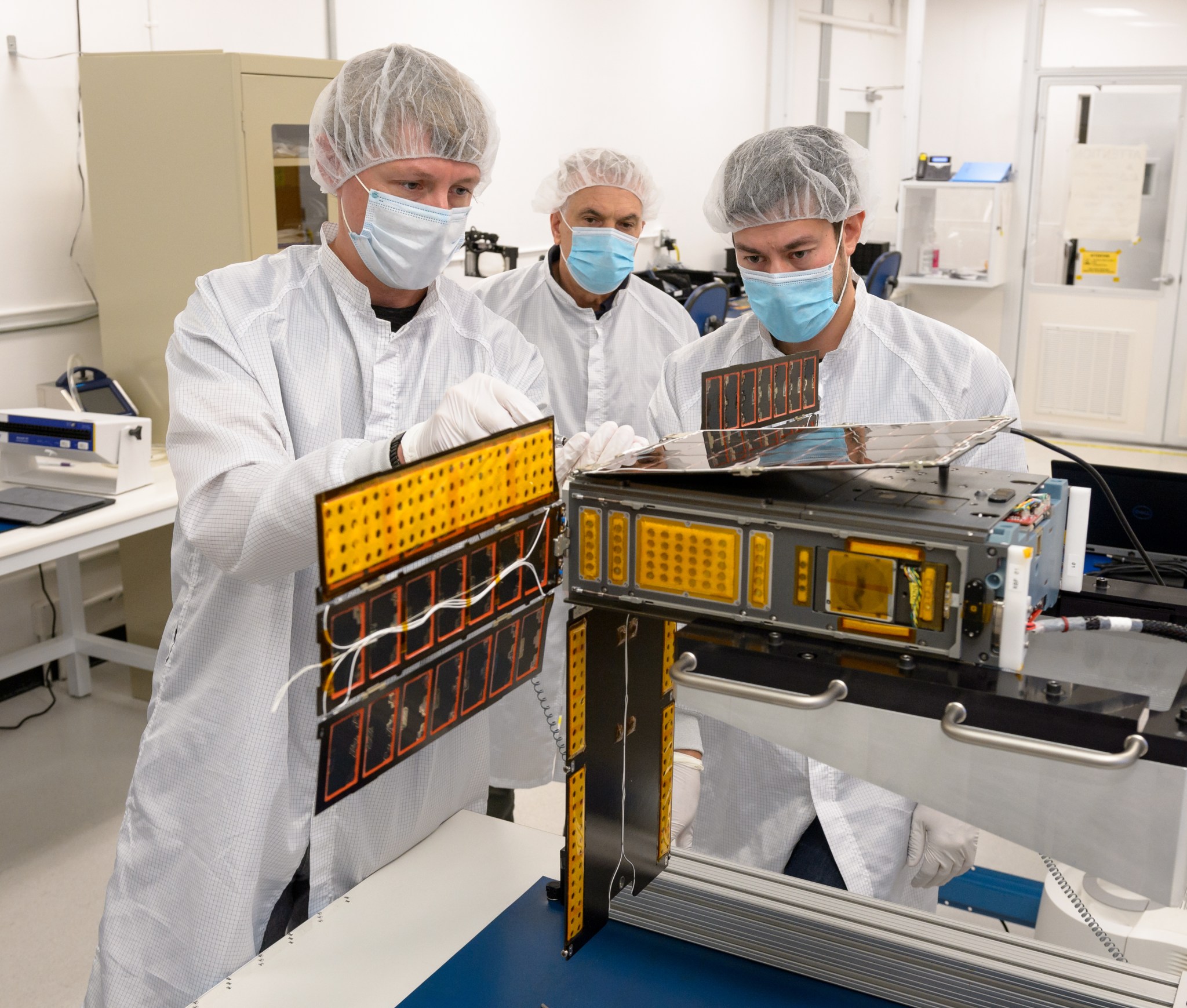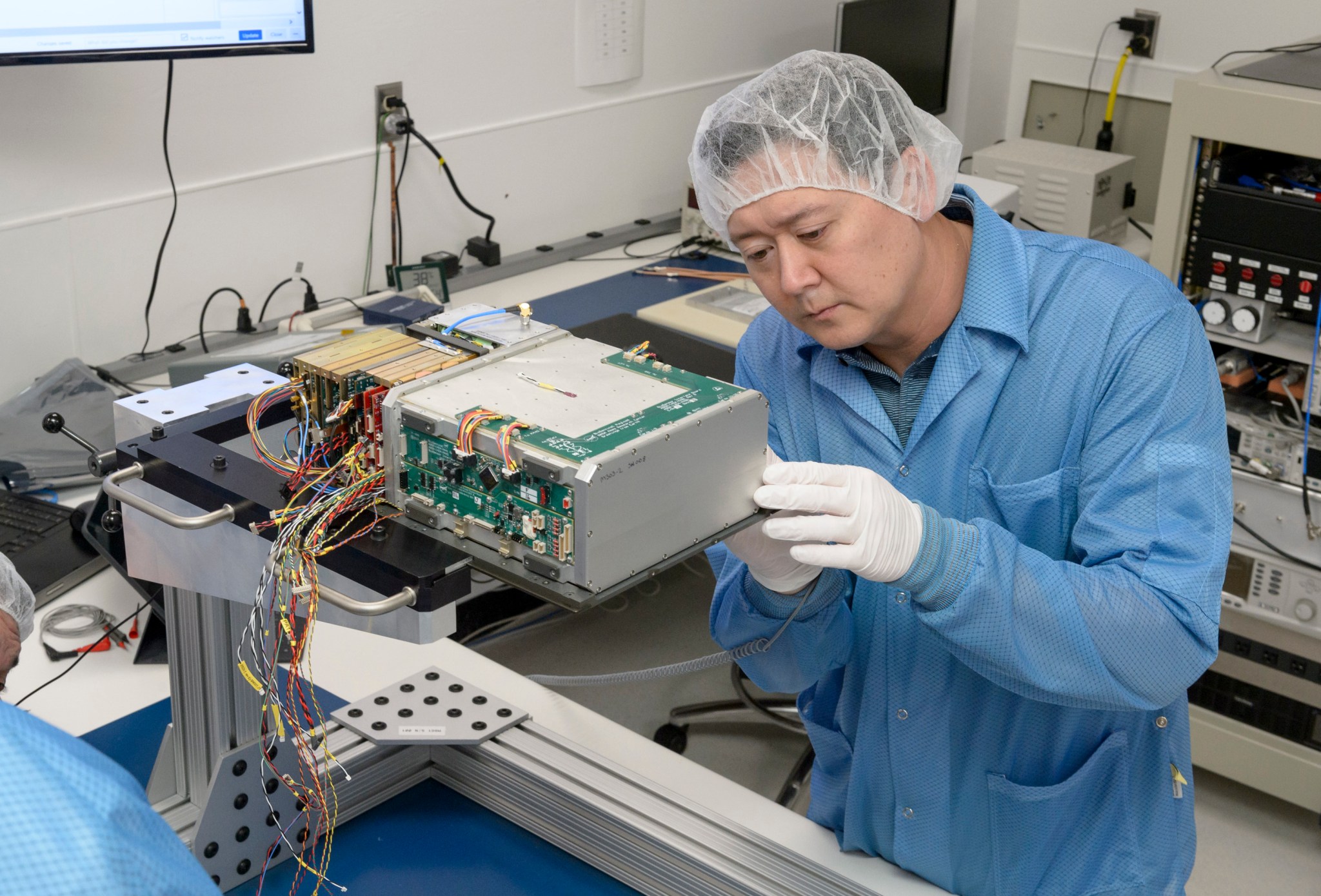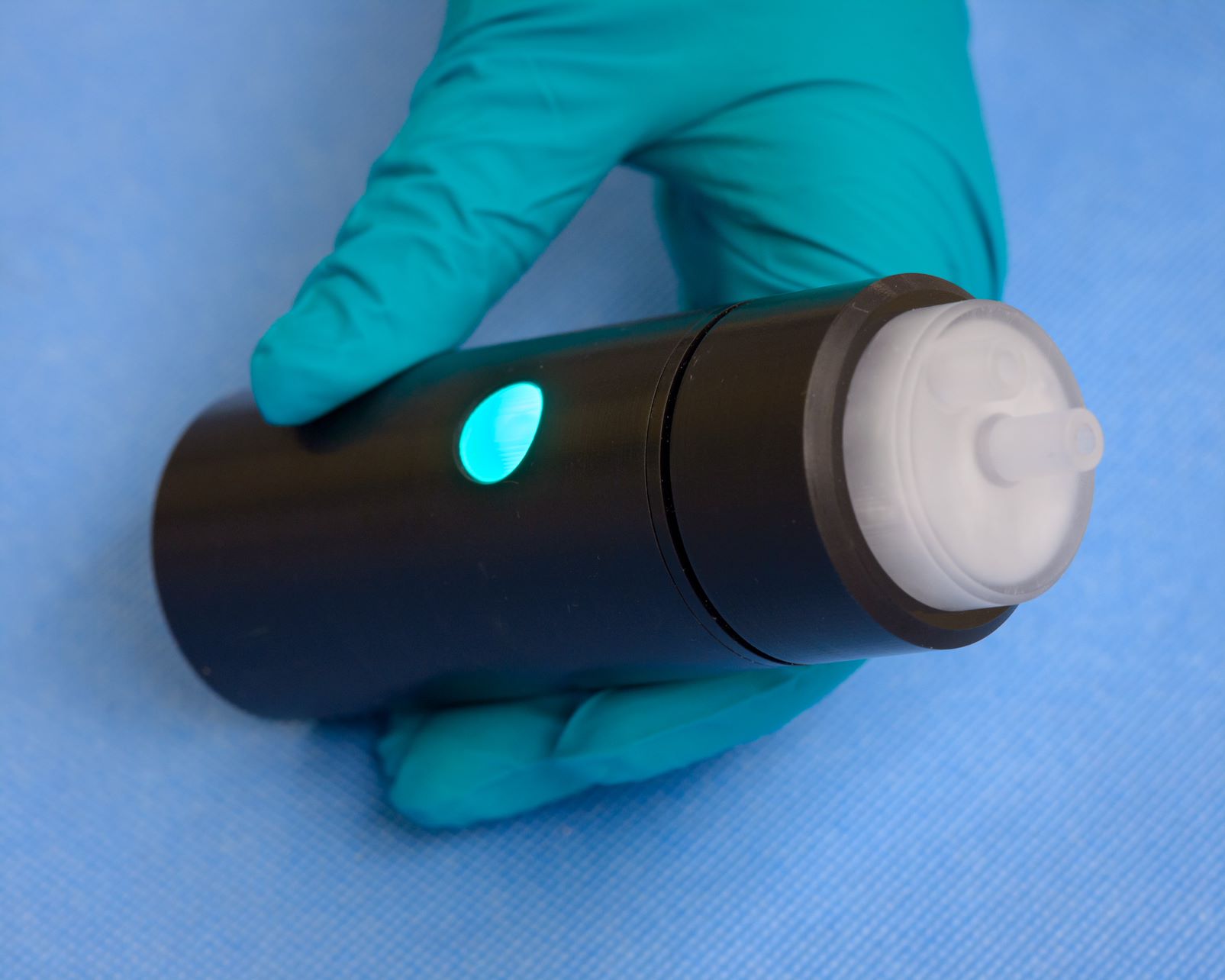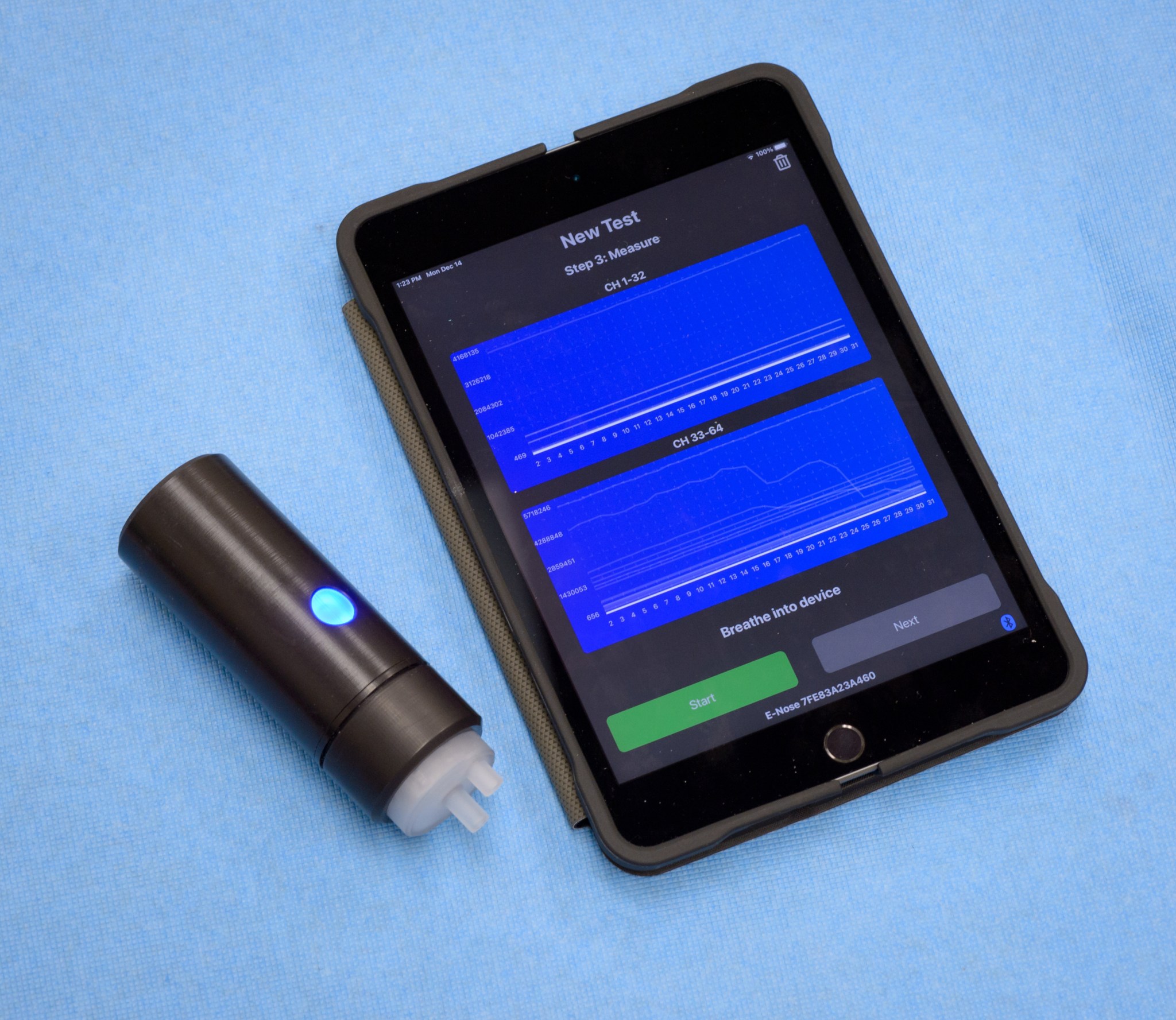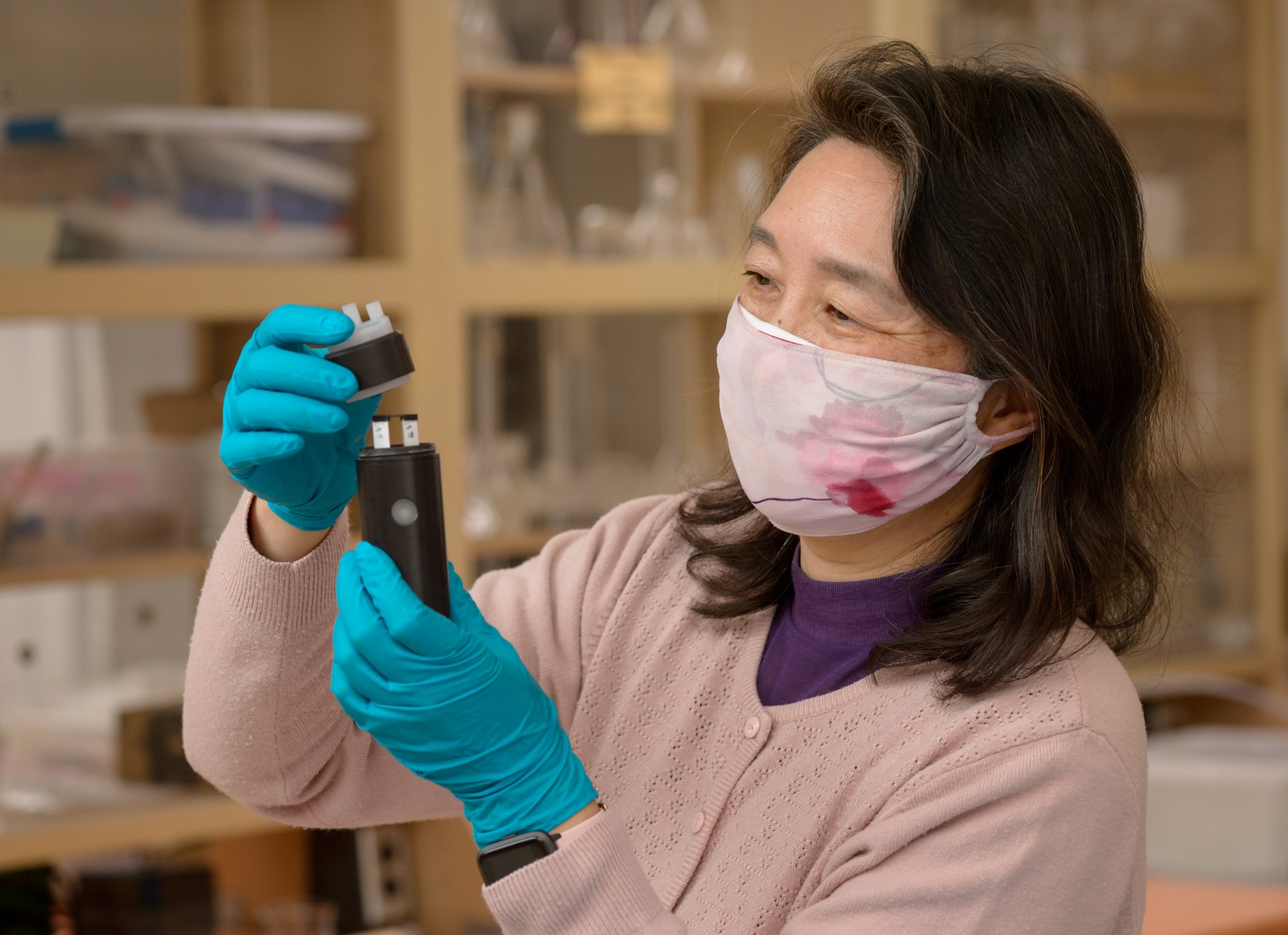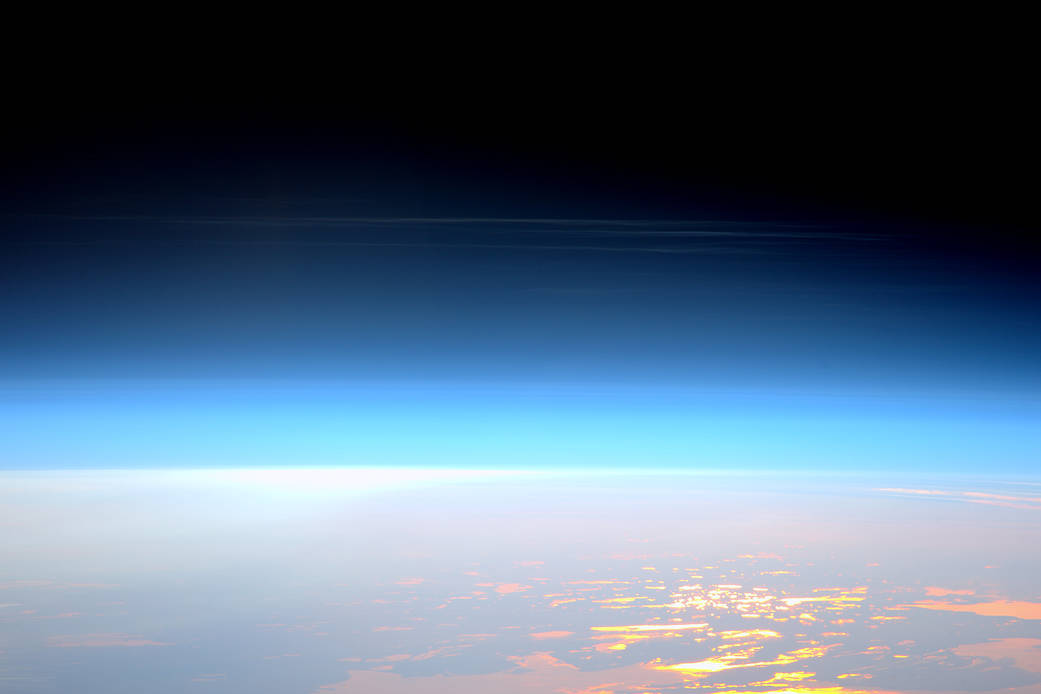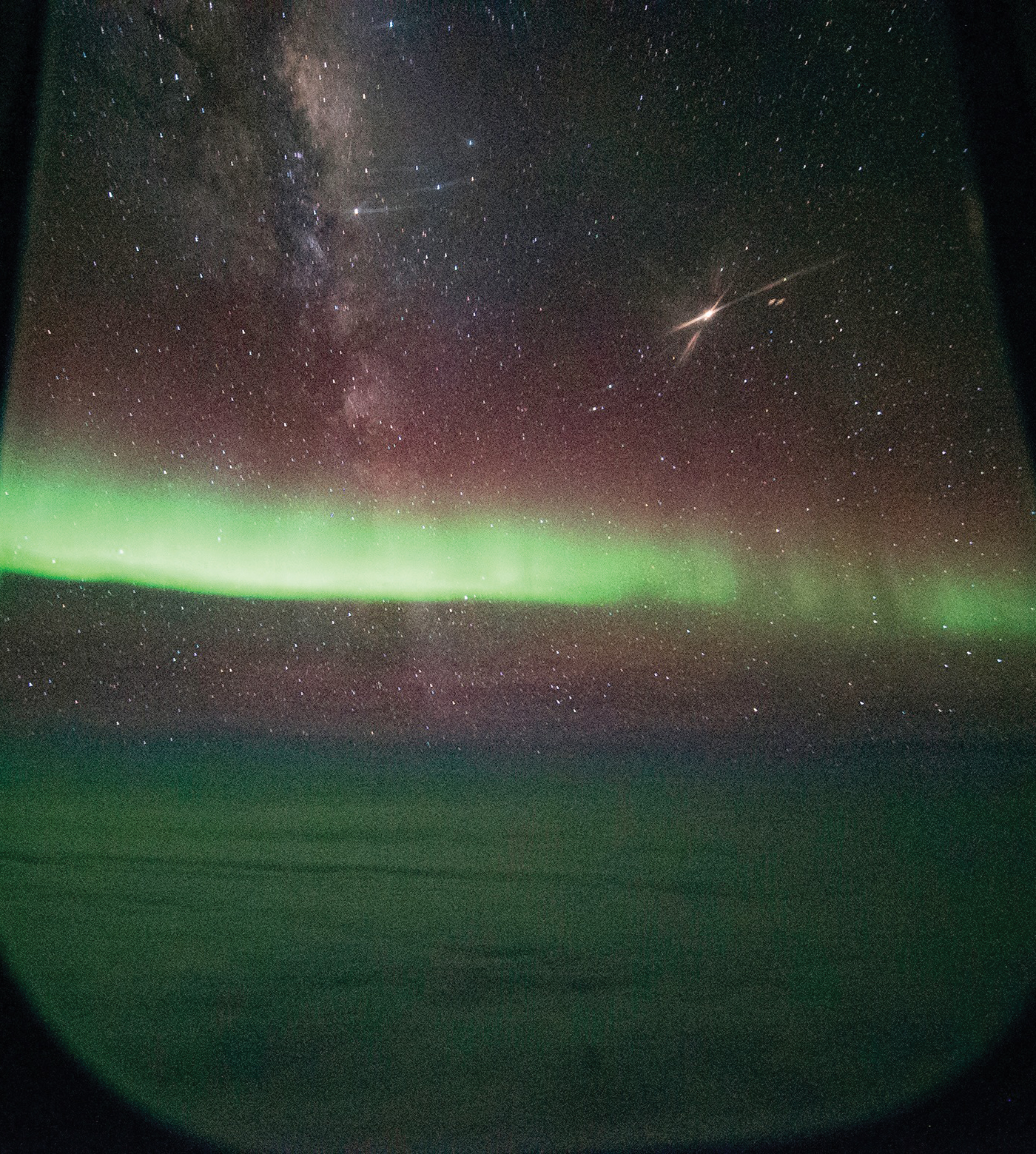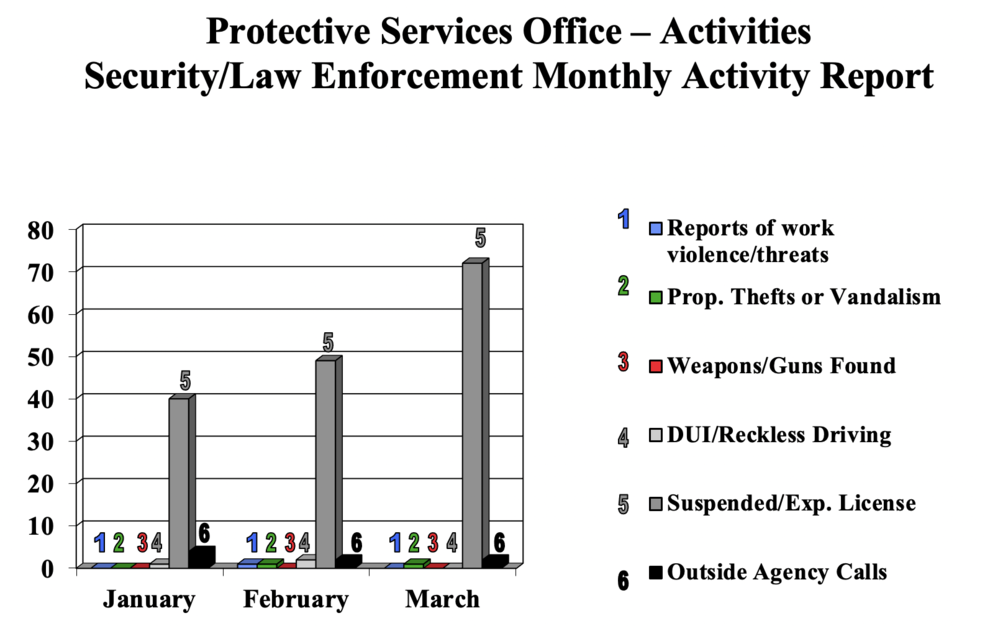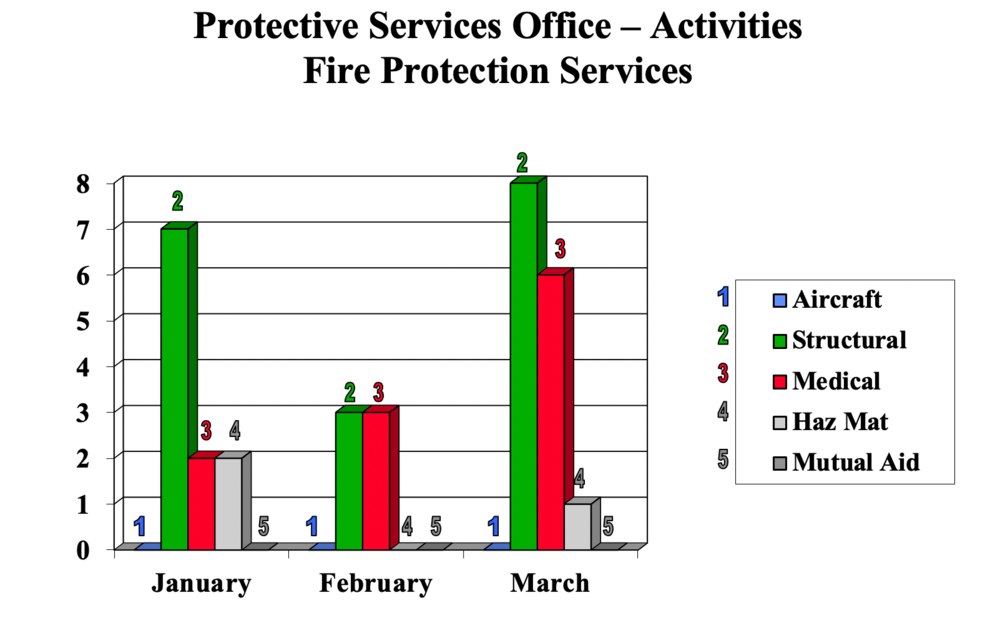NASA’s BioSentinel Team Prepares CubeSat for Deep Space Flight
by Gianine Figliozzi
BioSentinel gets a step closer to flight. Having completed assembly and a battery of tests, the BioSentinel team at NASA’s Ames Research Center in California’s Silicon Valley is in the final stretch of preparations to ship the spacecraft to NASA’s Kennedy Space Center in Florida for launch. BioSentinel’s deep space flight will go past the Moon and into an orbit around the Sun. It’s one of 13 CubeSats that will launch aboard Artemis I, the first flight of the Artemis program’s Space Launch System. Here, inside an anechoic chamber at Ames, quality assurance engineer Austin Bowie inspects BioSentinel’s solar array after completion of a test to determine the effects of electromagnetic spacecraft emissions on spacecraft systems.
BioSentinel will perform the first long-duration biology experiment in deep space. Its six-month science investigation will study the effects of deep space radiation on a living organism, yeast. Pictured is one of BioSentinel’s microfluidic cards that will be used to measure the impact of radiation on yeast cells housed in tiny compartments. The microfluidic system includes a dye that provides a readout of yeast cell activity with a color change from blue to pink.
BioSentinel scientist Lauren Liddell uses a microscope to count yeast cells to ensure the correct number of cells are loaded into BioSentinel’s microfluidic hardware. Because human cells and yeast cells have many similar biological mechanisms, including for DNA damage and repair, BioSentinel’s experiments can help us better understand the radiation risks for long-duration deep space human exploration.
BioSentinel will test new technology with the BioSensor payload, a kind of “living radiation detector.” At the heart of the BioSensor are the microfluidic cards that house yeast cells. As the cells get activated in space, they will sense and respond to the damage caused by space radiation. Here, a BioSentinel team member works on assembling a BioSensor payload, connecting thermal and optical units to a microfluidic card. During BioSentinel’s experiments, these components will warm the cards – and the yeast cells they house – and measure growth and activity in response to space radiation damage.
BioSentinel mechanical and structures lead Abraham Rademacher, left, integration and test lead Vaslie Manolescu, center, and electrical engineer James Milsk perform a solar array deployment and gimbal motion test on the spacecraft in a clean room at Ames. The test ensures that the spacecraft’s solar arrays will operate correctly in flight. BioSentinel’s mission builds on Ames’ history, combining the center’s strengths in space biology and CubeSat technology. Following 15 years of Ames’ experience in developing and flying CubeSats that carried and studied living microbes in low-Earth orbit, BioSentinel will be the first CubeSat to run a biology experiment in deep space.
Integration and test engineer Dan Rowan works on internal components of BioSentinel’s CubeSat in a clean room at Ames. These “spacecraft guts” include a radio, batteries, other spacecraft subsystems, and BioSentinel’s two instruments – the BioSensor payload and a radiation detection instrument. The latter measures and characterizes the radiation environment; its results will be compared to the BioSensor payload’s biological response.
NASA’s E-Nose Device Advanced to “Sniff” COVID-19 from Human Breath
by Frank Tavares
The ability to quickly and cost-effectively screen people for COVID-19 is an essential part of addressing the ongoing pandemic, and NASA is leveraging its expertise to assist in tackling the issue head-on. NASA has been funded by the Department of Health and Human Services with $3.8 million to enhance the E-Nose device developed at NASA’s Ames Research Center in California’s Silicon Valley using patented nanosensors and nanosensor array technologies for COVID-19 detection. E-Nose is a smartphone-based device derived from technology used to help monitor air quality inside spacecraft, but NASA is advancing it to detect COVID-19 by “sniffing” a person’s breath. E-Nose could help mitigate community spread of the virus in a manner similar to how temperature checks are used to screen individuals before entering shared indoor spaces, such as a local grocery store or restaurant.
“We’ve been working on E-Nose and these nanosensor technologies for the last 19 years, targeting trace chemical detection for space applications, and have repurposed this technology to address the COVID-19 pandemic,” said Jing Li, the inventor of E-Nose. “The portability, low cost, and non-invasive nature of the device makes it perfect for on-the-spot community screening.”
This application of E-Nose will work by measuring volatile organic compounds, the gasses produced from an infection from a virus like SARS-CoV-2, which causes the COVID-19 disease, in a person’s breath with an array of sensors that mimic the human nose. Recent studies show there are changes in the volatile organic, or VOC, breath profile due to the COVID-19 infection. Researchers at Johns Hopkins University and Lawrence Livermore National Lab are working on identifying the specific VOCs in the breath of COVID-19 patients, using them as biosignatures for the virus. This research will help to develop the breath profile of patients needed in to modify the sensors in E-Nose to detect COVID-19.
The Ames team is fine-tuning the sensors for detecting the target VOCs in human breath with initial field test planned in early spring 2021. This latest prototype, built by NASA subcontractor Variable, Inc., includes Bluetooth capabilities and a smartphone app that processes, displays, and transmits sensor data. The sensor array chips are swappable, and therefore can be updated with improved sensors as more is discovered about SARS-CoV-2’s VOCs. E-Nose will be ready to move into production for clinical trials after a field test specifically for its COVID-19 version.
“Once the clinical trials are completed and the sensitivity and specificity are demonstrated, E-Nose can be deployed in factories, airports, grocery stores, and businesses of all sorts to rapidly screen for active infections,” said Li. “It’s a non-invasive and rapid way to keep our communities safe as this pandemic continues.”
By analyzing the E-Nose data along with body temperature and other non-invasive symptoms, NASA’s expertise in advanced machine learning methods will allow for more accurate on-the-spot answers. That immediate data transfer would allow for a network of E-Nose devices to be used to inform real-time decisions related to public health. A machine learning algorithm is currently in development to enable this kind of “smart” COVID-19 identification.
“In future, E-Nose can be used as a platform for other medical conditions as well as meeting its original goal of monitoring astronaut health and crew cabin air quality,” said Rupak Biswas, Director of the Exploration Technology Directorate at Ames. “With the potential for other applications in the space and Earth sciences, E-Nose is a non-invasive, rapid technology solution that can meet the current COVID-19 crisis and support NASA’s future exploration and research.”
E-Nose is supported through funding from NASA through the Department of Health and Human Services.
SOFIA Offers New Way to Study Earth’s Atmosphere
by Kassandra Bell
The Stratospheric Observatory for Infrared Astronomy, a joint project of NASA and the German Aerospace Center, DLR, has been used extensively to look many objects in the universe, from black holes to galaxies and even the Moon.
A decade ago, German researcher Heinz Hübers led a team to improve one of SOFIA’s infrared instruments – the German Receiver for Astronomy at Terahertz Frequencies, or GREAT – with a new laser technology. He realized that the upgrade would not only help to study the distant cosmos, it could also be used much closer to home.
“SOFIA looks right through the Earth’s upper atmosphere as it observes the universe beyond, and I thought it would be fascinating to someday collect data from the GREAT instrument that could benefit studies of our own atmosphere,” said Hübers, director of DLR’s Institute of Optical Sensor Systems and professor at Humboldt University in Berlin. “This is certainly not what you think of using SOFIA’s instruments for, but I tucked away the idea until I had an opportunity to test it out.”
Now, Hübers has proven it could be done. He recently published a paper with GREAT data that for the first time directly measured oxygen in one of the least understood regions of Earth’s upper atmosphere, the mesosphere and lower thermosphere.
The SOFIA results more completely confirm what theory, direct, and indirect measurements had predicted about the concentration of oxygen in this atmospheric region. This further solidifies some of the basic science around how solar energy is exchanged between the surface and space. The results were published in Nature Communications Earth and Environment.
SOFIA observed a particular form of unbonded oxygen, known as atomic oxygen, which is distinct from the life-giving O2 found at the Earth’s surface. Atomic oxygen plays an important role in cooling the upper atmosphere and therefore is used to estimate temperatures in this region. Climate models predict that increasing greenhouse gases will raise temperatures in the lower atmosphere yet decrease temperatures in the mesosphere. A more accurate monitoring of the mesosphere’s temperature can help researchers better understand the relationship between the lower and upper atmosphere. SOFIA’s direct measurements improve these temperature estimates.
Beginning at about 30 miles up, the mesosphere and thermosphere have been difficult to study. Ground-based telescopes are hampered by the distortion of water vapor in the lower atmosphere. High-flying satellites rely on other substances to infer levels of oxygen but could not make direct measurements. Instruments that flew on rockets and even on the Space Shuttle in the 1990s offered a brief snapshot of these regions.
Flying at about 40,000 feet (or 7 miles high), SOFIA, which utilizes a Boeing 747SP, soars above 99.9% of the water vapor in the atmosphere and is big enough to carry the infrared instruments needed to directly measure oxygen.
More Than “Noise”
A trove of Earth’s atmospheric data from many seasons and locations already exists in SOFIA’s raw data archive. Yet, astronomers, interested in the stars, have always treated the atmospheric data as background “noise” and filtered it out from the sought-after celestial data. While Hübers saw that the atmospheric data could itself be valuable, it took several years to develop the right tools and processes to calibrate and analyze it.
“Given our previous successes, and the strong signal from Earth, it made sense to create the tools necessary to analyze atomic oxygen in the Earth’s atmosphere,” said Hübers. “Though the atmospheric data is really a byproduct of our astronomical observations, we are very pleased to see that SOFIA can contribute to better understanding our home planet.”
The work may prove valuable. This particular result came from data collected in 2015 during a SOFIA science flight that took off from Palmdale, California. As the aircraft headed up the coast toward Canada, it pointed the telescope toward the globular-shaped Jellyfish nebula, 5,000 light years away, collecting the Earth’s atmospheric data in the process.
More insights into Earth’s atmosphere are to come. Measurements taken during SOFIA’s observations from New Zealand, in the Southern Hemisphere’s winter months, and during recent flights from Cologne, Germany, will provide information about how this region of the atmosphere changes across seasons and locations.
SOFIA is a joint project of NASA and the German Aerospace Center. NASA’s Ames Research Center in California’s Silicon Valley manages the SOFIA program, science, and mission operations in cooperation with the Universities Space Research Association, headquartered in Columbia, Maryland, and the German SOFIA Institute at the University of Stuttgart. The aircraft is maintained and operated by NASA’s Armstrong Flight Research Center Building 703, in Palmdale, California.
Galactic Merger Wraps Magnetic Fields
by Kassandra Bell
What happens when two galaxies collide?
One of the brightest galaxies in the night sky, Centaurus A, is well known for its distinct “S” shape. This shape is believed to be the result of a clash between a spiral and an elliptical galaxy about 100 million years ago.
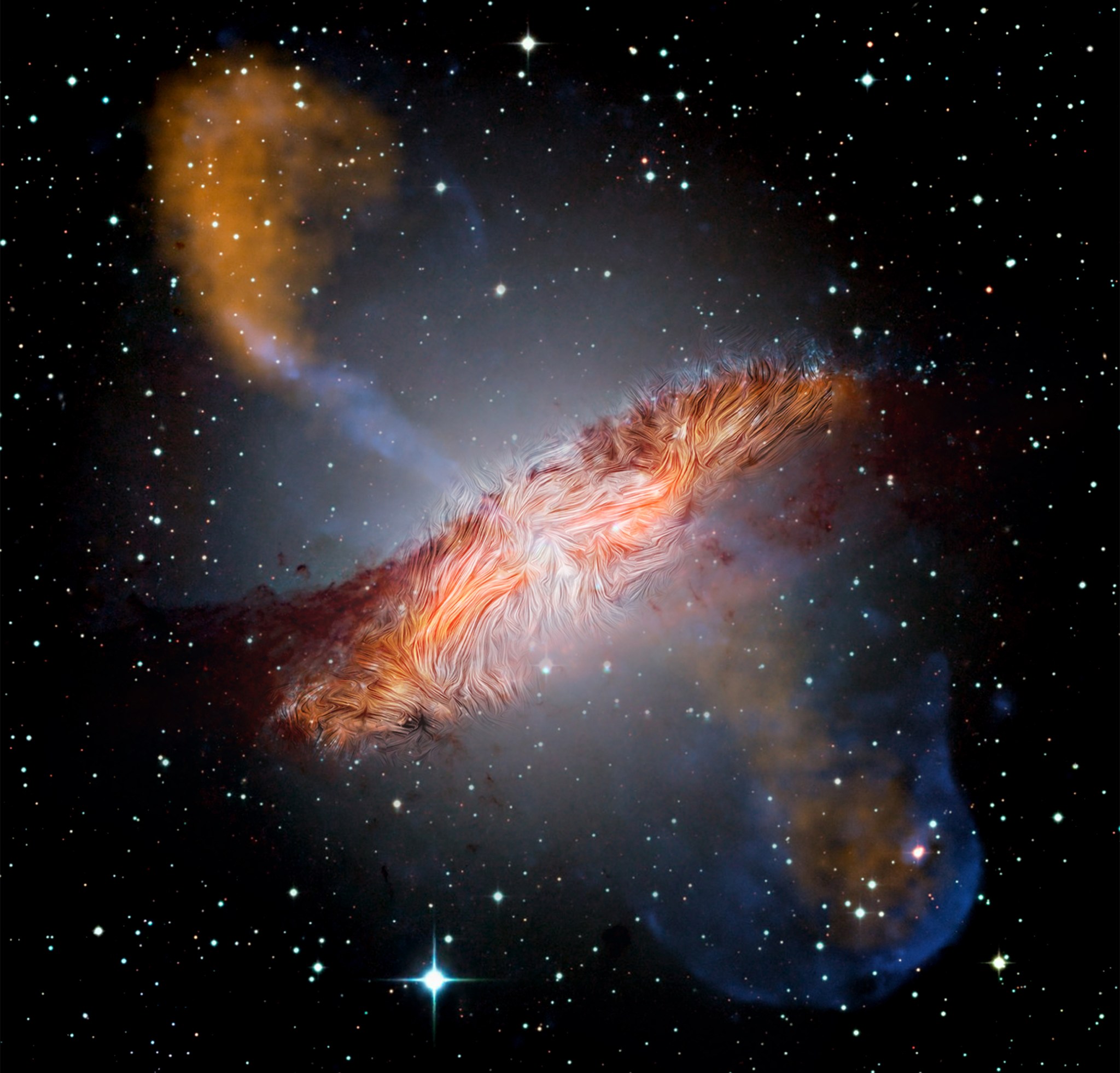
Now, for the first time, scientists have mapped out the invisible magnetic fields pulsing through Centaurus A using infrared light. The results show how the merging of the two original galaxies created a new, reshaped, and contorted galaxy that not only combined the two galaxies’ magnetic fields but amplified their forces.
The new observations, made with NASA’s airborne Stratospheric Observatory for Infrared Astronomy, SOFIA, provide new insights into how the early universe may have been shaped by galactic mergers under the influence of their supercharged magnetic fields. The results were recently published in Nature Astronomy.
“Magnetic fields were key to shaping the early universe, but they did not start out as the forces we know today; somehow they grew stronger over time,” said Dr. Enrique Lopez-Rodriguez a research scientist at Stanford Kavli Institute for Particle Astrophysics and Cosmology in Stanford, California. “Galactic mergers appear to be one of the strengthening mechanisms.”
Since it is relatively close by intergalactic standards, at 13 million light-years away, Centaurus A makes a good candidate to study galactic mergers. The new view of the large-scale magnetic fields, which span 1,600 light-years, found they run parallel to the dust lanes that are remnants of the original spiral galaxy.
However, closer to the middle of the galactic disk is a different story.
As the galactic collision triggered a burst of star formation and reshaped the original spiral galaxy, those effects, combined with gravitational forces, distorted the smaller-scale magnetic fields, twisting them and amplifying them. Similar merging processes in the early universe may have transformed relatively weak primordial magnetic fields into the powerful forces observed today that affect how galaxies and stars are created.
Scientists using SOFIA, a joint project of NASA and the German Aerospace Center previously discovered that magnetic fields are closely aligned with the structure of a spiral galaxy, and can also be disrupted by interactions with a neighboring galaxy. But researchers weren’t sure what would happen to the magnetic fields after a merger in a galaxy with an active black hole at its core.
Centaurus A’s active supermassive black hole appears to be adding to the disorder. Further analysis is needed to learn about the magnetic field around it.
“The magnetic fields around the central black hole are very complex, but we know that they can affect material flowing into active black holes in other galaxies,” said Lopez-Rodriquez. “We plan to spend more time focusing our analysis only on the magnetic fields around the central black hole.”
This analysis of magnetic fields will add to upcoming observations by NASA’s James Webb Space Telescope, which will study what’s happening deep inside the galaxy’s core, including the black hole’s activity. Scientists previously discovered that magnetic fields can help feed active black holes, so learning if that phenomenon is occurring in Centaurus A, while also having a detailed view of the material falling toward the black hole from Webb, will give scientists a more comprehensive understanding of this unusual galaxy.
SOFIA is a joint project of NASA and the German Aerospace Center. NASA’s Ames Research Center in California’s Silicon Valley manages the SOFIA program, science, and mission operations in cooperation with the Universities Space Research Association, headquartered in Columbia, Maryland, and the German SOFIA Institute at the University of Stuttgart. The aircraft is maintained and operated by NASA’s Armstrong Flight Research Center Building 703, in Palmdale, California.






























